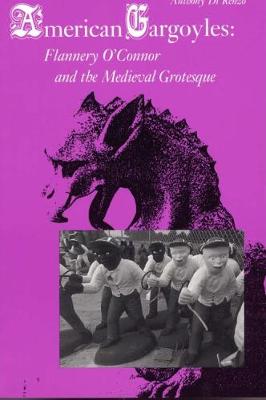Focusing here on the comic genius of Flannery O Connor s fiction, Anthony Di Renzo reveals a dimension of the author s work that has been overlooked by both her supporters and her detractors, most of whom have heretofore concentrated exclusively on her use of theology and parable.
Noting an especial kinship between her characters and the grotesqueries that adorn the margins of illuminated manuscripts and the facades of European cathedrals, he argues that O Connor s Gothicism brings her tales closer in spirit to the English mystery cycles and the leering gargoyles of medieval architecture than to the Gothic fiction of Poe and Hawthorne to which critics have so often linked her work.
Relying partly on Mikhail Bakhtin s analysis of Rabelais, Di Renzo examines the different forms of the grotesque in O Connor s fiction and the parallels in medieval art, literature, and folklore. He begins by demonstrating that the figure of Christ is the ideal behind her satirean ideal, however, that must be degraded as well as exalted if it is ever to be a living presence in the physical world. Di Renzo goes on to discuss O Connor s unusual treatment of the human body and its relationship to medieval fabliaux. He depicts the interplay between the saintly and the demonic in her work, illustrating how for her good is just as grotesque as evil because it is still "something under construction.""
- ISBN10 0809320304
- ISBN13 9780809320301
- Publish Date 9 August 1995 (first published 1 June 1993)
- Publish Status Out of Print
- Out of Print 28 July 2011
- Publish Country US
- Imprint Southern Illinois University Press
- Format Paperback
- Pages 272
- Language English
